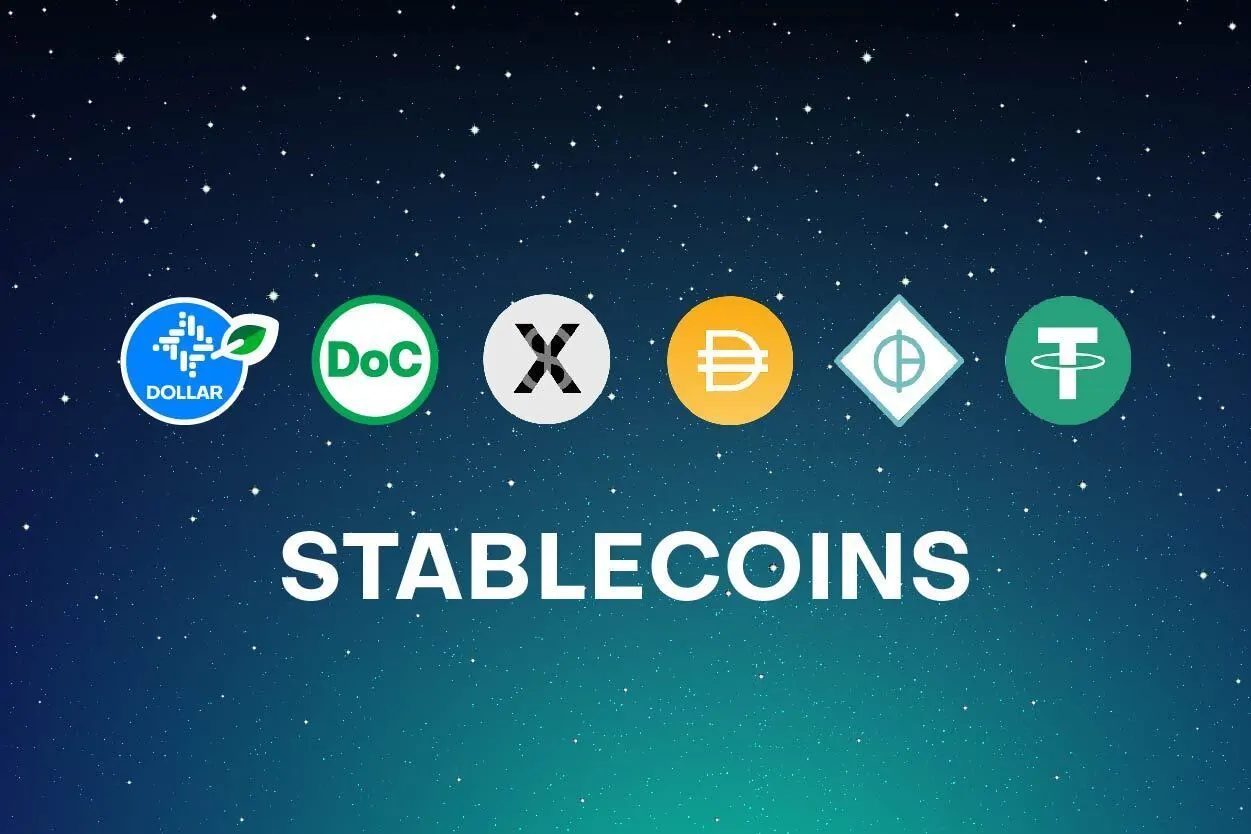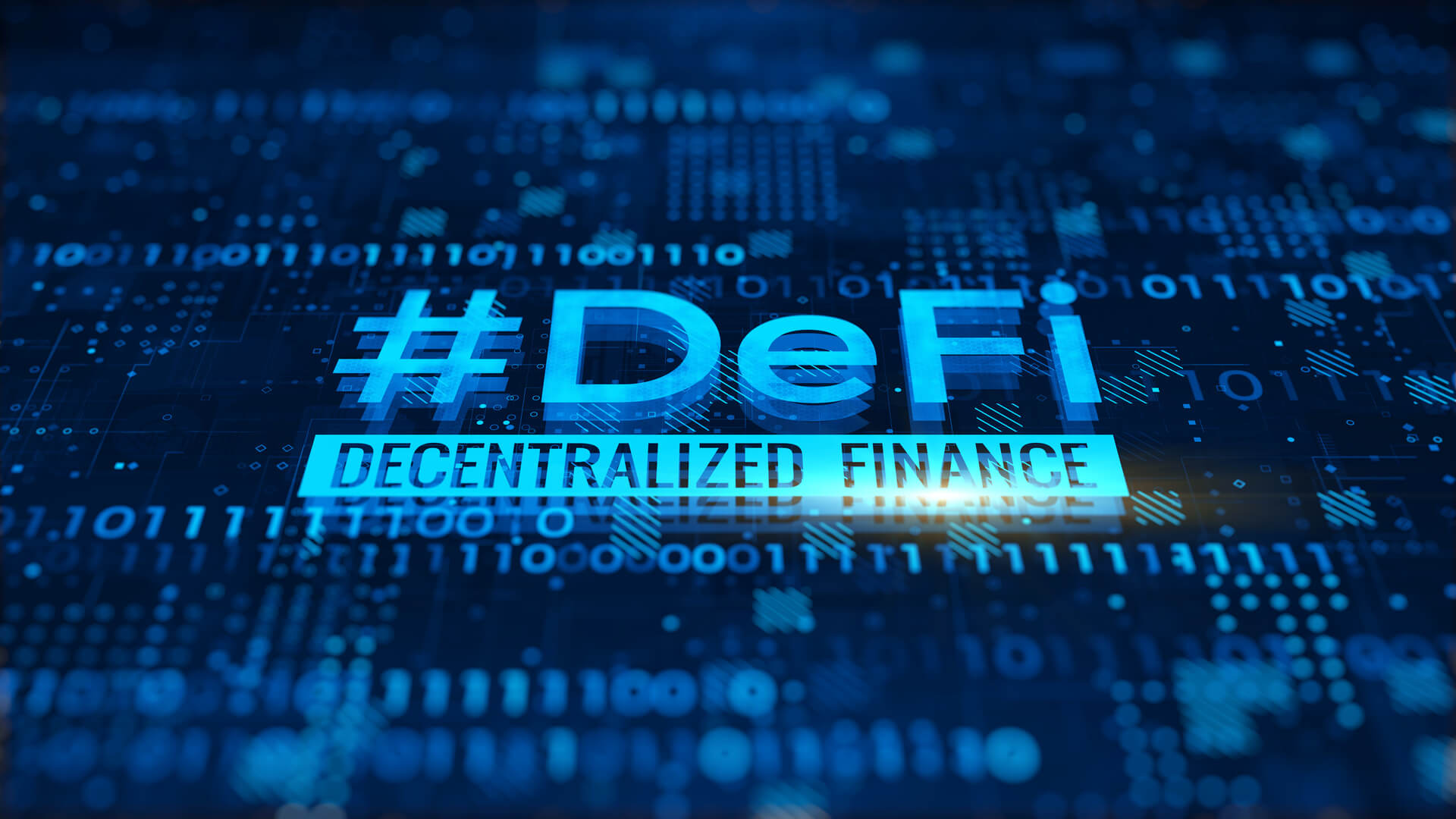Cryptocurrencies have come a long way since Bitcoin first emerged on the scene in 2009. Today, the crypto market is buzzing with countless digital assets, each promising unique advantages. Among these, stablecoins have garnered significant attention, particularly for their ability to offer stability in an otherwise volatile market. But what exactly are stablecoins, and why are they becoming such a hot topic in the financial world? In this blog, we’ll explore the rise of stablecoins, the reasons behind their growing popularity, and what their future might hold.
What Are Stablecoins?
To understand why stablecoins are rising, it’s important first to grasp what they are. At their core, stablecoins are a type of cryptocurrency designed to maintain a stable value relative to a traditional asset, such as a fiat currency (like the U.S. Dollar) or a commodity (like gold). Unlike more volatile cryptocurrencies like Bitcoin or Ethereum, stablecoins offer a predictable price, making them a more reliable medium of exchange, store of value, and unit of account.
Categories of Stablecoins
Stablecoins come in different varieties, each designed with a different approach to maintaining stability:
- Fiat-backed Stablecoins: These stablecoins are pegged to a fiat currency, such as the U.S. Dollar. Popular examples include Tether (USDT) and USD Coin (USDC). They are backed by reserves held in traditional banking systems.
- Commodity-backed Stablecoins: These stablecoins are pegged to tangible commodities, such as gold or silver. For example, the DigixDAO (DGX) stablecoin is backed by gold.
- Algorithmic Stablecoins: Rather than being backed by collateral, algorithmic stablecoins use smart contracts and algorithms to manage supply and demand, adjusting the number of tokens in circulation to maintain a stable price. Examples include TerraUSD (UST) before its collapse in 2022.
Each type offers a unique way to ensure stability, but they all share the same basic goal: to reduce the volatility typically associated with digital currencies.
The Rise of Stablecoins: Key Factors
The rise of stablecoins can be attributed to a combination of factors that make them attractive to both individual users and large institutions. Let’s break down the key reasons for their increasing popularity.
1. Financial Stability Amid Volatility
One of the primary reasons stablecoins have risen in popularity is their ability to offer financial stability in a market notorious for its volatility. Cryptocurrencies like Bitcoin and Ethereum can experience dramatic price fluctuations in short periods, making them difficult to use for everyday transactions or as a store of value. For instance, Bitcoin can swing 10% or more in a single day, which makes it challenging to price goods and services reliably.
Stablecoins, on the other hand, maintain a more predictable value. Most are pegged to a fiat currency like the U.S. Dollar, so they’re not subject to the same wild price swings. This makes them an attractive option for investors who want to avoid risk but still enjoy the benefits of blockchain technology. Whether it’s for buying goods or hedging against crypto market crashes, stablecoins offer a reliable alternative.
2. Simplifying Cross-Border Transactions
Cross-border payments have historically been slow, expensive, and often complicated by intermediaries. This makes international money transfers a costly process, especially for individuals and businesses in emerging markets. Stablecoins have the potential to revolutionize this space by offering a faster, cheaper, and more efficient way to send money across borders.
Because stablecoins are built on blockchain technology, transactions can be completed in minutes rather than days, and without the need for banks or other intermediaries. For example, stablecoins like USDC or Tether can be sent globally with low transaction fees, making them a practical solution for remittances and international payments.
This convenience is driving more users, particularly those in countries with unstable national currencies, to adopt stablecoins. For many, stablecoins offer a safer alternative to holding a volatile local currency or dealing with slow and expensive international transfers.
3. Growing Demand in Decentralized Finance (DeFi)
The decentralized finance (DeFi) sector is one of the fastest-growing areas in the cryptocurrency world, and stablecoins are at its core. DeFi platforms allow individuals to access financial services like lending, borrowing, and trading without relying on traditional financial institutions. Stablecoins play a crucial role in this ecosystem because they provide a stable store of value and medium of exchange that is essential for DeFi protocols.
For example, stablecoins are commonly used in yield farming (the practice of earning rewards by providing liquidity to DeFi platforms) and lending protocols (where users can lend their stablecoins and earn interest). Since these platforms operate on blockchain technology, stablecoins provide a reliable and efficient means of transacting while avoiding the volatility seen in other cryptocurrencies.
As more people participate in DeFi, the demand for stablecoins continues to rise, fueling their adoption.
4. Increased Institutional Adoption
In recent years, we’ve seen an increasing number of institutions adopting cryptocurrencies for various use cases. While Bitcoin and Ethereum have been the primary focus, stablecoins are also gaining traction in the institutional space.
For example, stablecoins are becoming a preferred method for large financial institutions to facilitate crypto transactions while maintaining price stability. Companies like PayPal and Visa have integrated stablecoins into their payment systems, enabling consumers to spend digital currency in a seamless, predictable way. Furthermore, some traditional hedge funds and asset managers are turning to stablecoins as part of their crypto strategies, using them to hedge against market volatility or to move capital across borders quickly.
The rise of institutional adoption highlights the growing confidence in stablecoins and their potential to become an integral part of the global financial system.
5. Integration with Digital Payment Systems
As digital payments become more ubiquitous, stablecoins are emerging as a powerful tool for seamless transactions. Whether through mobile wallets or e-commerce platforms, stablecoins are making it easier for people to send and receive payments globally. Many blockchain-based projects are working to integrate stablecoins into their systems, offering users a reliable currency that avoids the volatility of other cryptocurrencies.
For example, stablecoins can be used to pay for goods and services on platforms like Shopify, and they’re increasingly accepted by online merchants. This gives users the ability to pay for things in a digital currency without worrying about the price fluctuations that come with other cryptocurrencies.
Challenges and Risks
While stablecoins offer several benefits, they are not without challenges. Some of the risks associated with stablecoins include:
1. Regulatory Uncertainty
One of the biggest concerns surrounding stablecoins is regulatory uncertainty. Governments and financial authorities around the world are still figuring out how to classify and regulate stablecoins. Some countries have already begun drafting rules, while others remain hesitant to take action.
The lack of clear regulations creates a lot of ambiguity, which could lead to volatility in the stablecoin market. If regulators impose strict rules or outright bans on certain types of stablecoins, it could have a significant impact on their adoption and use.
2. Centralization Concerns
Another issue with stablecoins is the level of centralization. Many of the most popular stablecoins, such as Tether (USDT) and USD Coin (USDC), are backed by centralized entities that hold reserves in traditional banks. Critics argue that this centralization goes against the core ethos of cryptocurrency and blockchain, which is supposed to be decentralized.
While algorithmic stablecoins aim to solve this problem, they too face challenges, especially after the collapse of TerraUSD (UST) in 2022. The failure of such projects has raised questions about the long-term viability of algorithmic stablecoins.
3. Security Risks
Like all cryptocurrencies, stablecoins are vulnerable to hacks, fraud, and other security threats. If a stablecoin issuer’s systems are compromised or if there are flaws in the smart contracts used to maintain the coin’s stability, users could lose their funds. Furthermore, there is the risk of fraud or mismanagement of the reserves that back fiat-pegged stablecoins.
Future Outlook for Stablecoins
Despite the challenges, the future of stablecoins looks promising. As more people, businesses, and financial institutions recognize the benefits of stablecoins, their use is expected to continue growing. Stablecoins could play an even larger role in the global financial system, particularly as central bank digital currencies (CBDCs) gain traction. If regulated properly, stablecoins have the potential to transform how we transact and store value in the digital age.
Conclusion
The rise of stablecoins is a testament to the evolving landscape of digital finance. Their ability to provide stability in the volatile world of cryptocurrencies, simplify cross-border transactions, and play a crucial role in the DeFi ecosystem has made them increasingly popular. While there are still challenges and risks to address, stablecoins are poised to be a key player in the future of digital finance.
As we continue to see advancements in blockchain technology and regulatory clarity, the adoption of stablecoins is likely to grow, further shaping the future of money and how we engage with it.







